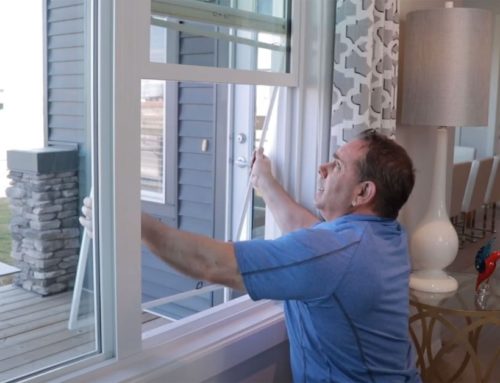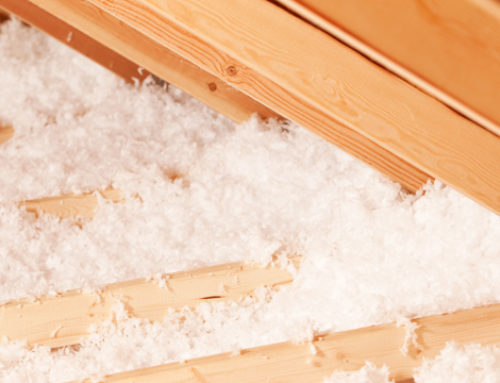
If you’ve noticed condensation or water forming on your windows lately, then you’re not alone. Many homes in Calgary have noticed a build-up of ice and water making windows in our homes appear foggy.
What is Condensation?
Condensation occurs on the inside of window surfaces whenever there is an extreme difference between the inside and outside air temperatures. When the warm, moist air inside our home meets the cold weather outside on the surface of the window, the air cools and turns into water vapour that attaches to the window.
Newer homes tend to have more condensation than older homes. Because new homes have better insulation and a vapour barrier, they’re more energy efficient. Older homes are more ‘breathable’ (aka leaky) which results in better air exchange from inside to outside and vice versa, so while they have less condensation, they’re also more costly to heat.
How You Can Fix Condensation Problems in Your Home
Overall the amount of condensation on your windows isn’t a result of the way your home was built, but rather how we live in our homes.
Since we can’t control one part of the equation – which is the cold weather in Calgary – and we don’t want to give up energy efficiency, then we need to look at ways to reduce the amount of condensation that forms. Here are some factors that we can more easily change:
- Reduce sources of moistures such as cooking, boiling water and showering.
- Turn down your humidifier.
- Run fans such as your range hood to vent while cooking and bathroom fans during and for at least 60 minutes after showering. Turn on your furnace fan and let it run for at least 12 hours or leave it run steady as it won’t harm the furnace and it will keep the air circulating.
- Ensure you install double pane windows to better insulate between the inside and outside air.
- Ensure your dryer vent is properly connected without any holes or air gaps.
- Check your furnace exhaust vent for water droplets or loose connections.
- Ensure attic hatch doors are insulated and weather-stripped.
- Fully open the heat vents in your floor to allow warm air to circulate inside your home.
- Open the blinds and drapes and allow air to circulate around the windows.
- On your thermostat, turn the temperature up a couple of degrees to warm the air inside the house thus increasing the amount of moisture it can hold. This can also help evaporate built-up moisture from windows.
Best Option to Control Condensation
All Broadview Homes also come with a HRV (Heat Recovery Ventilator). It can be found mounted near the furnace, and it works to exchange air by bringing in dry air from outside and exhausting moist interior air. This is one of the healthiest and environmentally-friendly options, as the outgoing air is used to warm up incoming air, and there is always a new supply of fresh air coming from outdoors.
Ultimately, some humidity on windows in winter is unavoidable – especially during a cold snap with temperatures below -20C. Provided you manage it, and even to towel dry it to avoid damage to finishes around the window, then it should stay dry and moisture-free.




